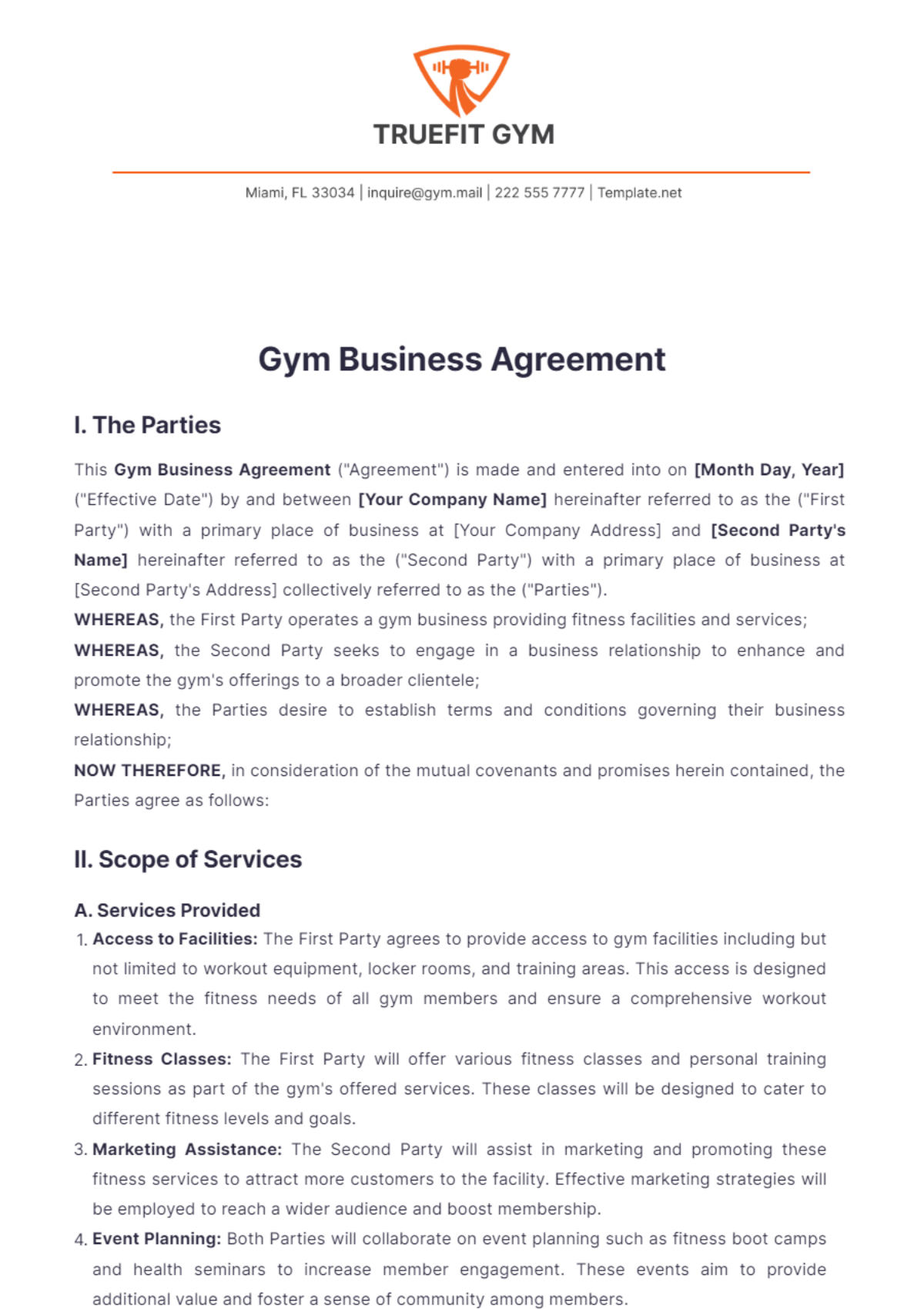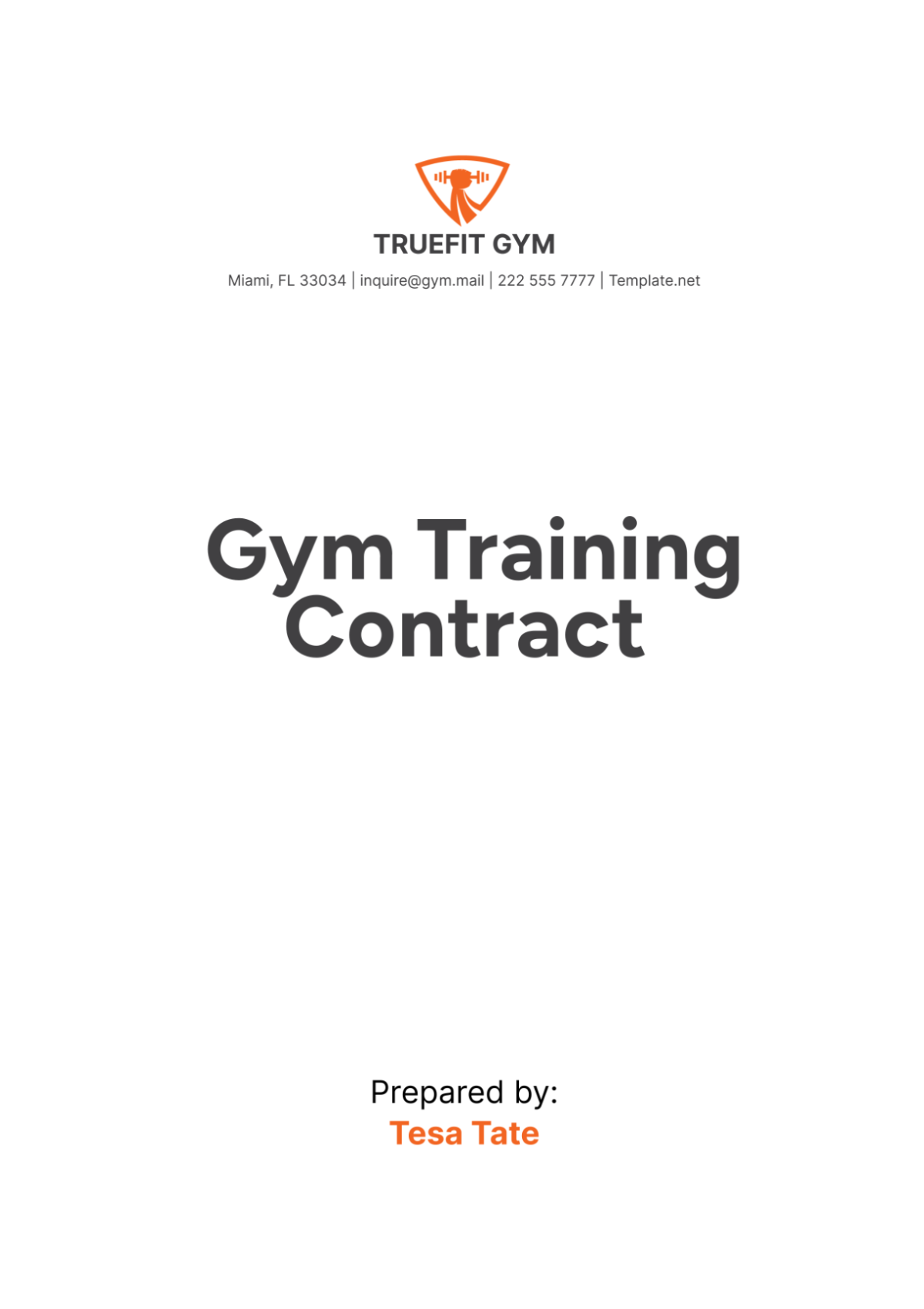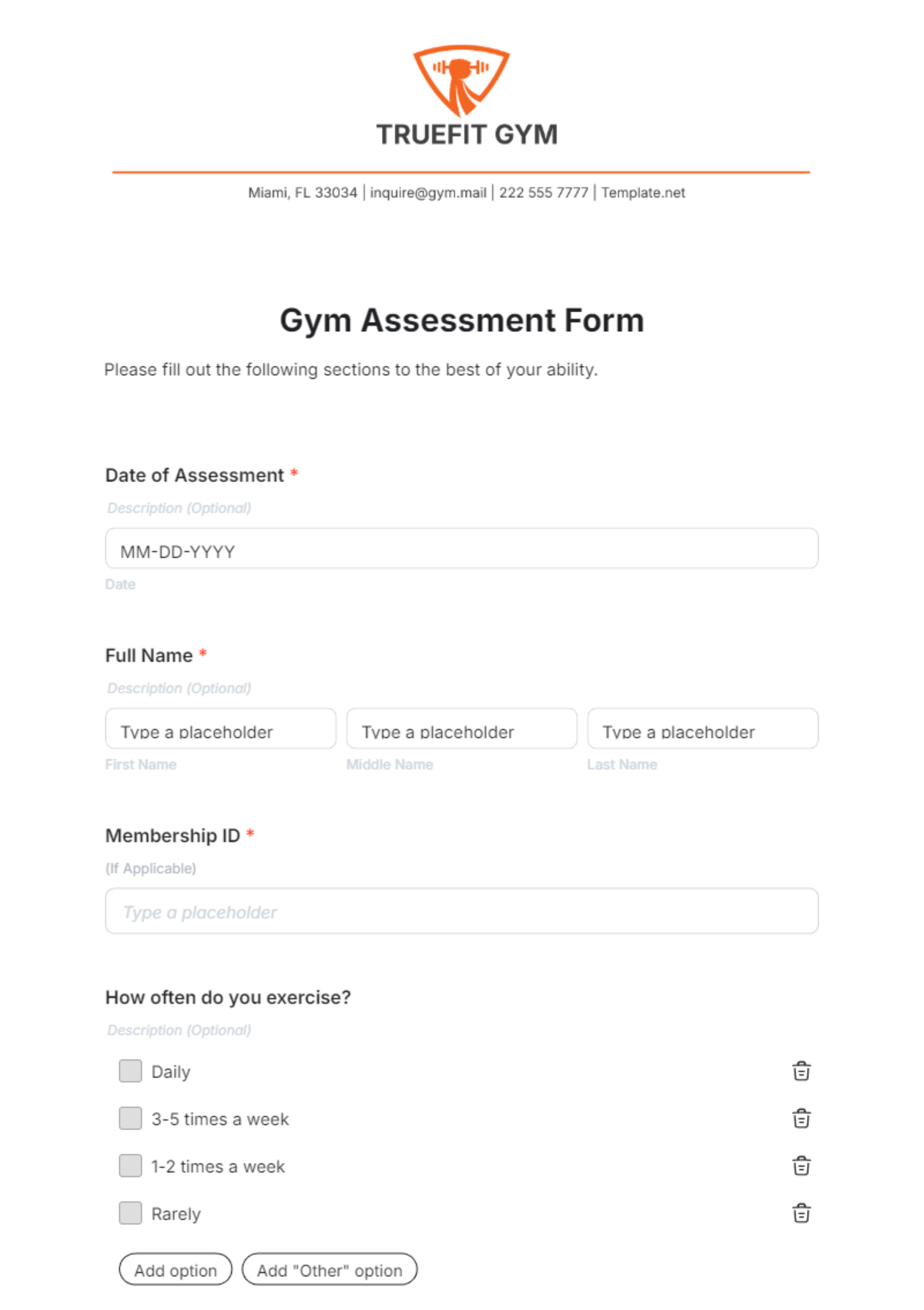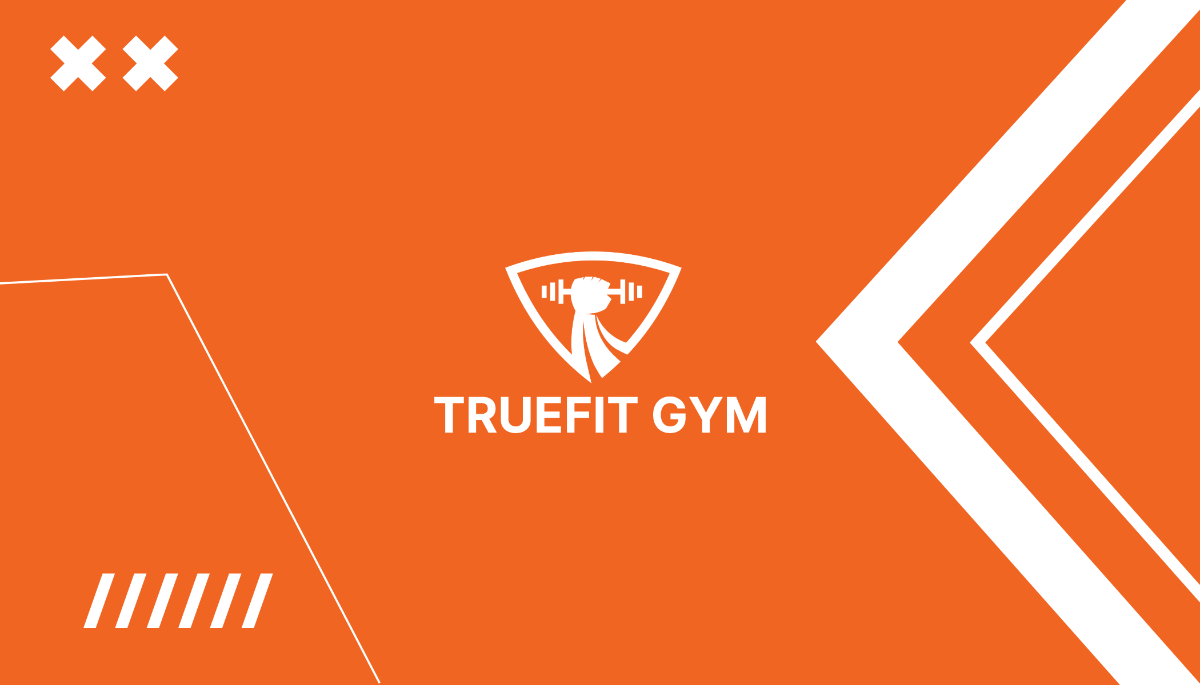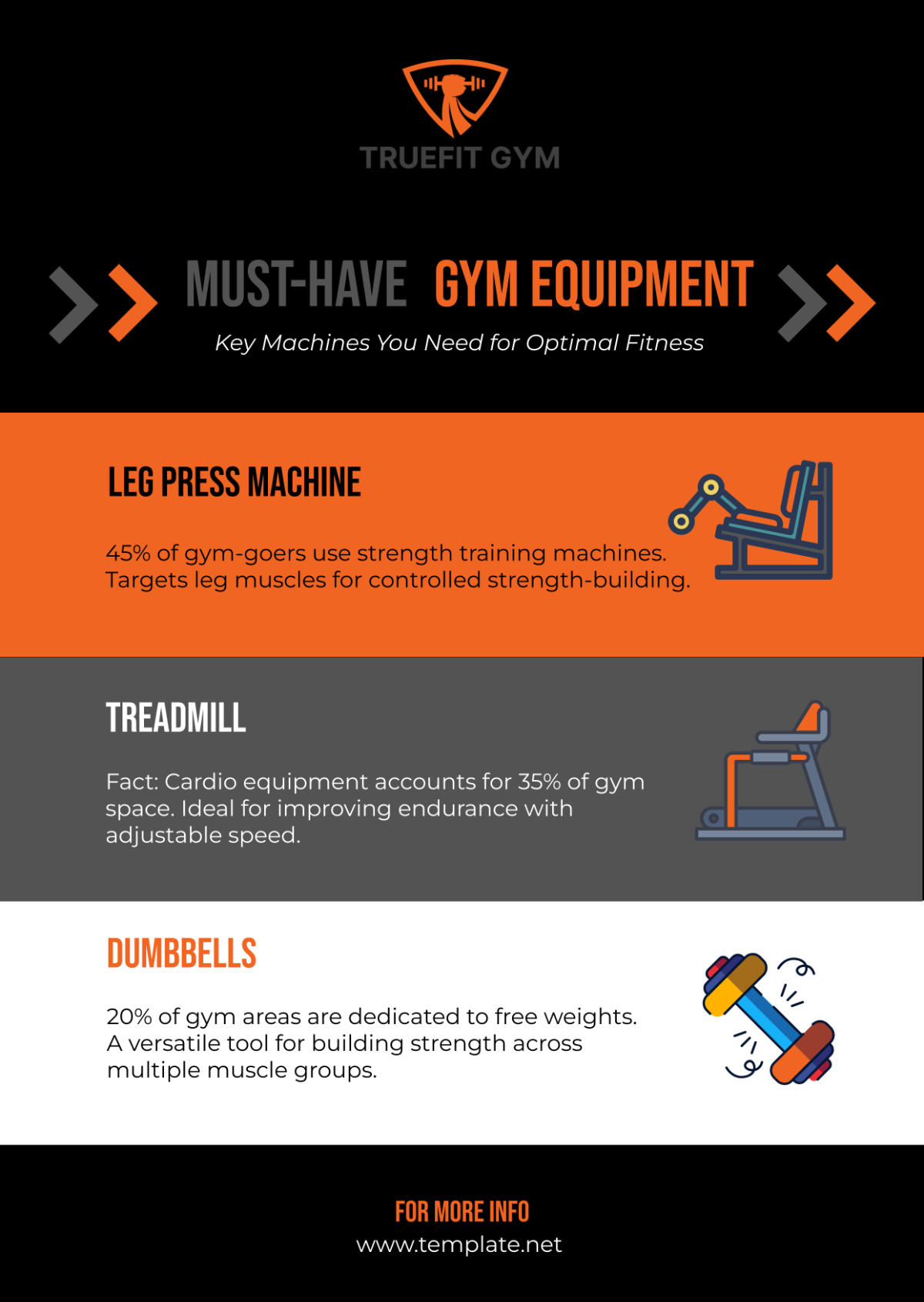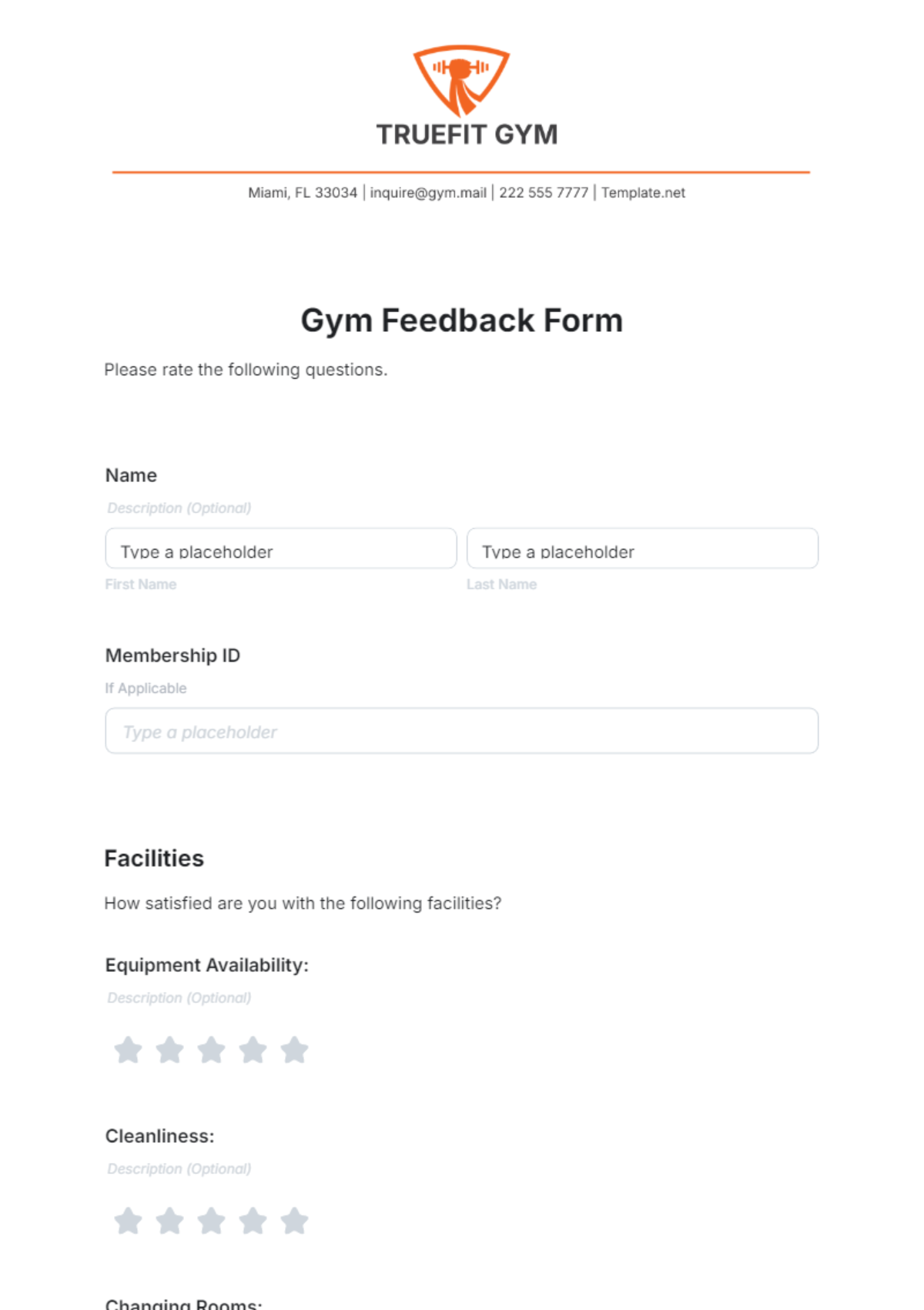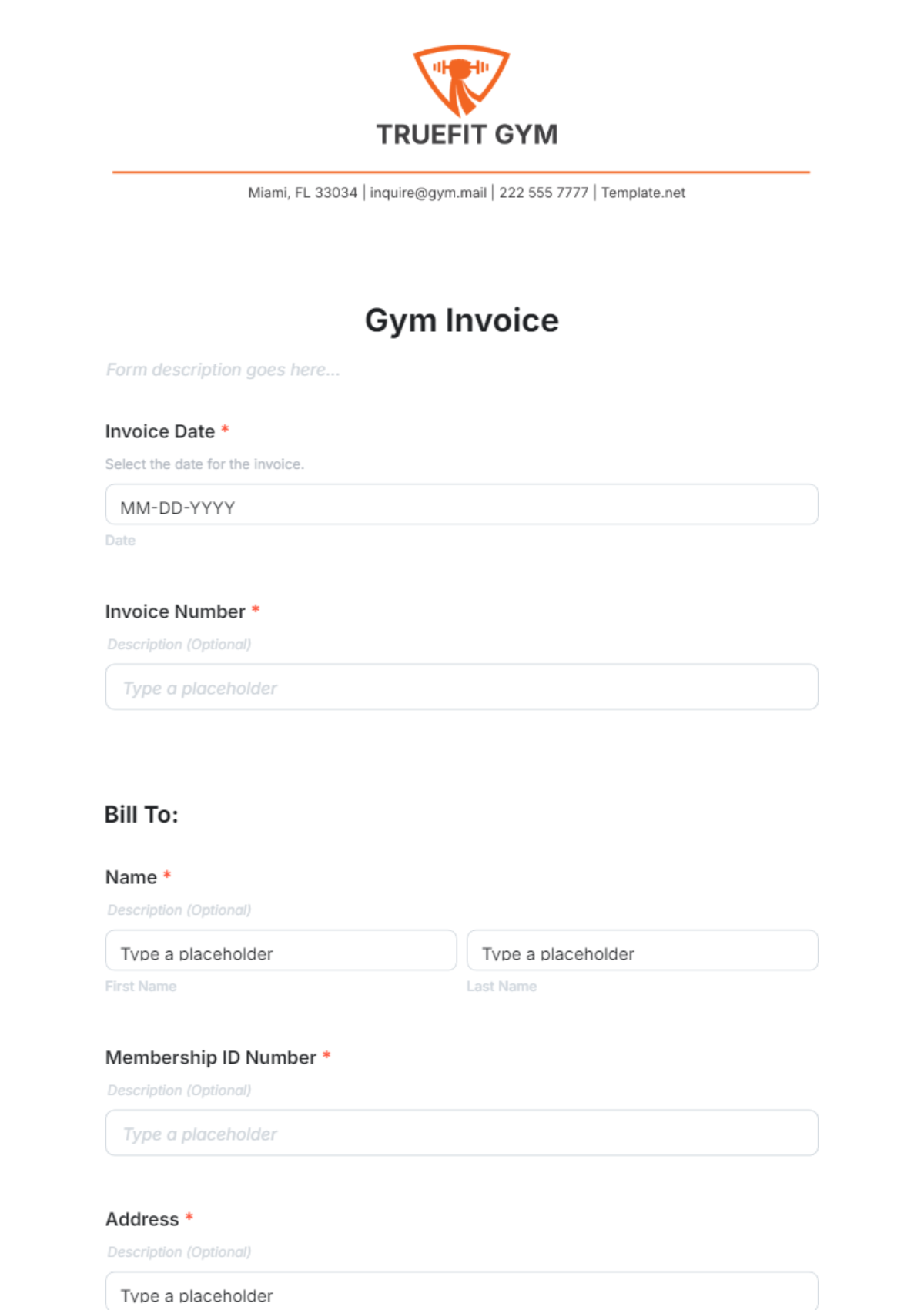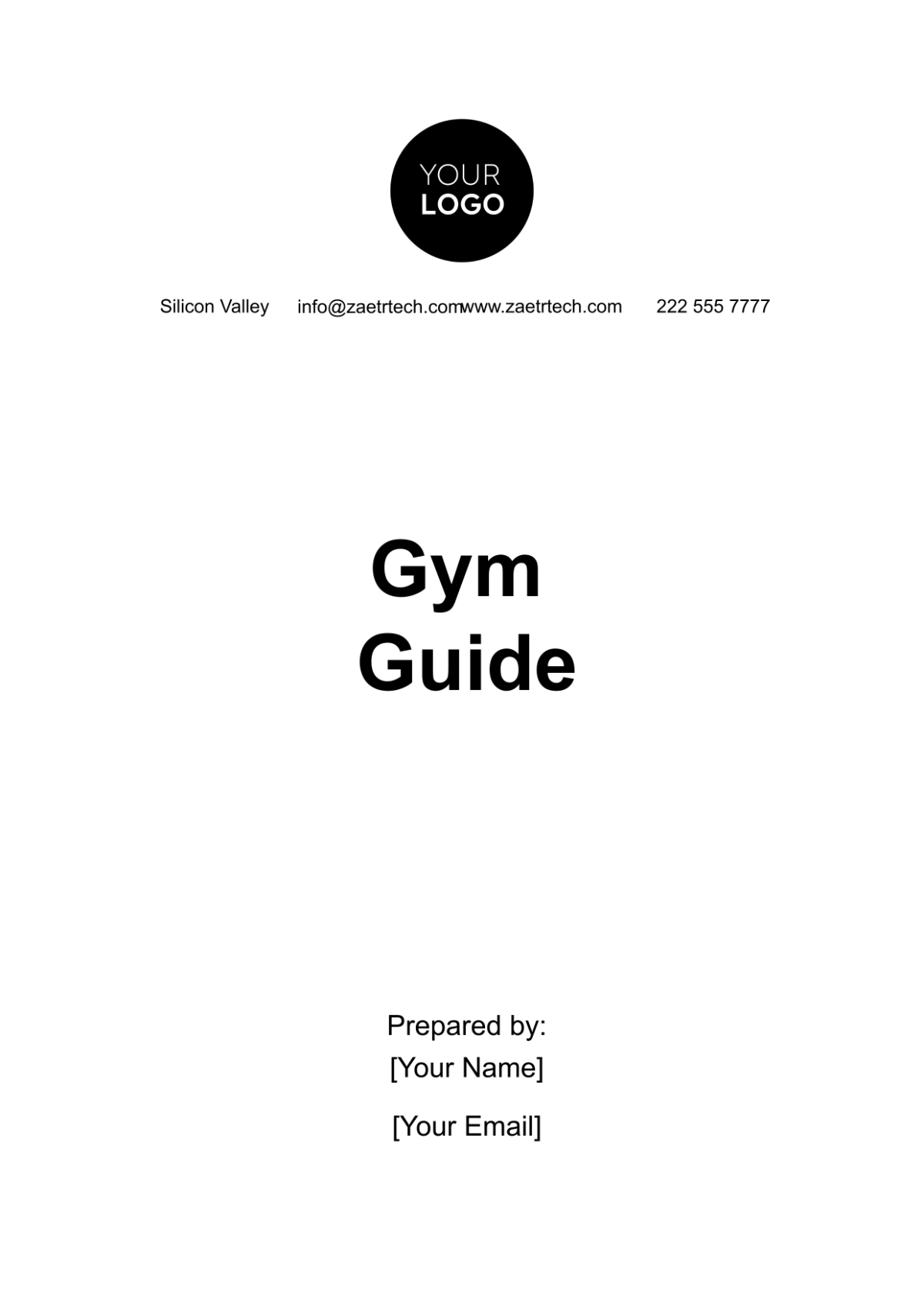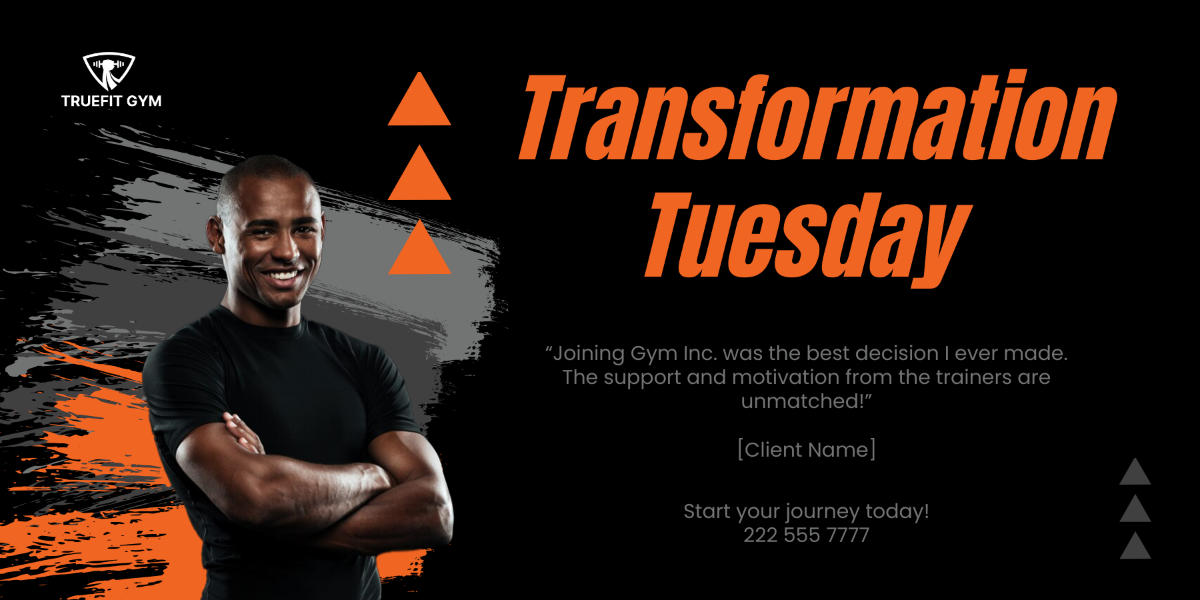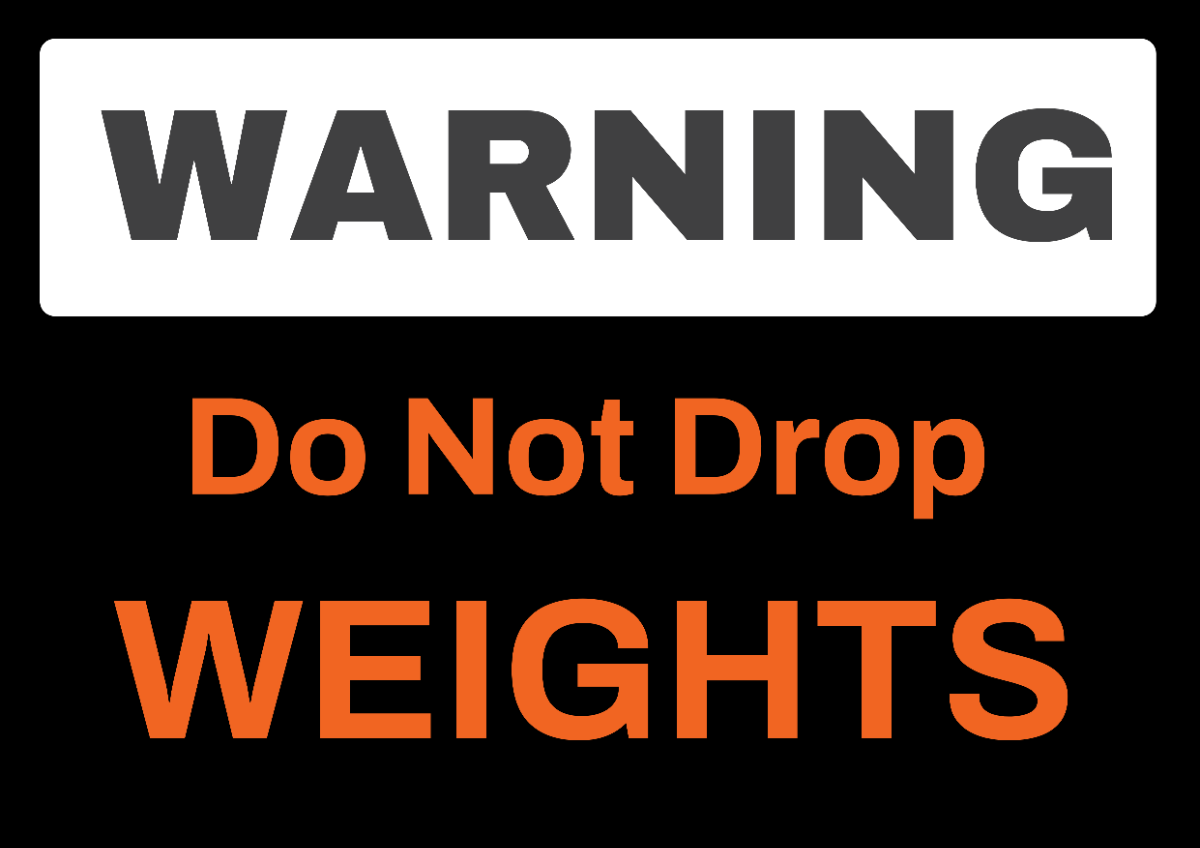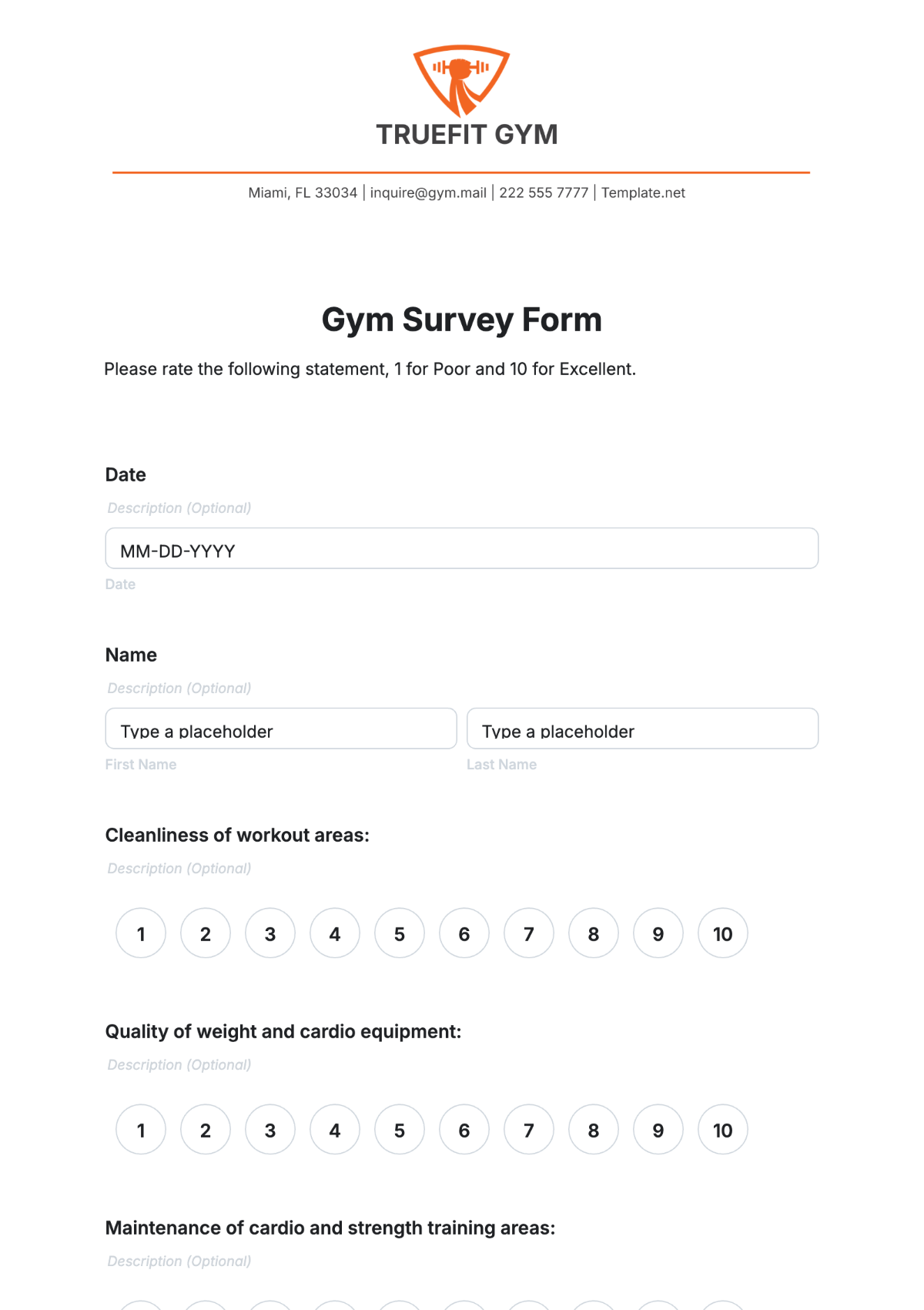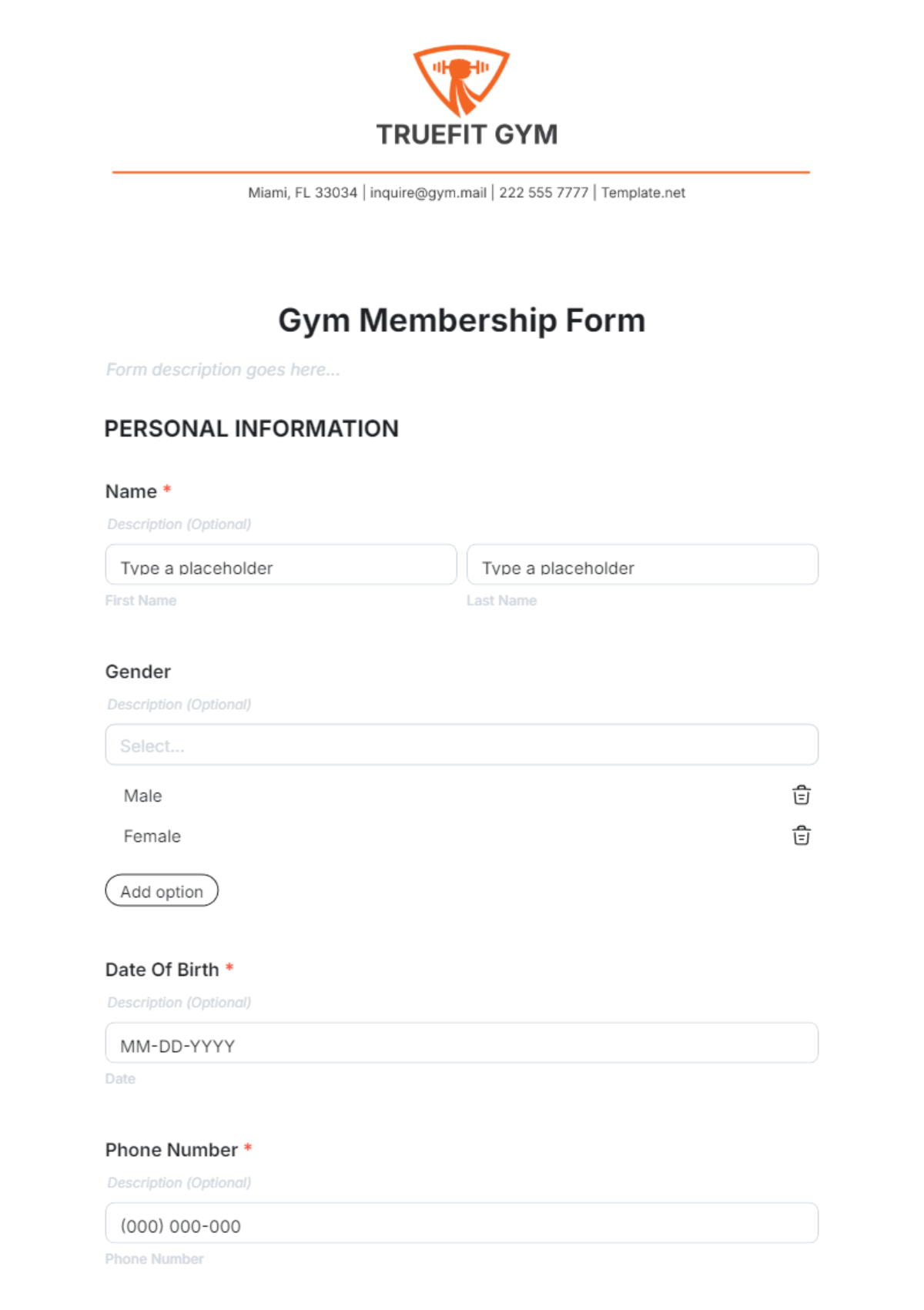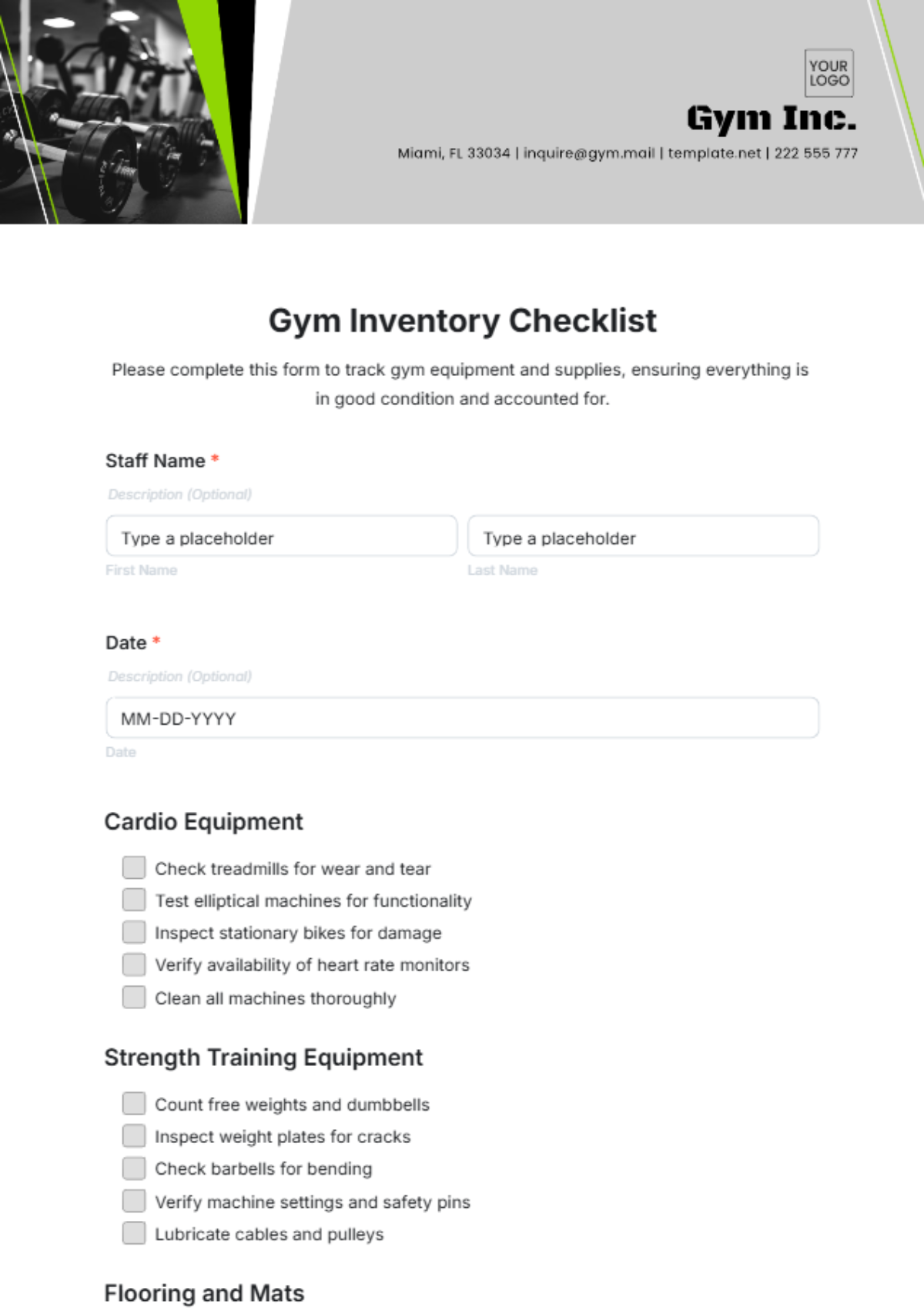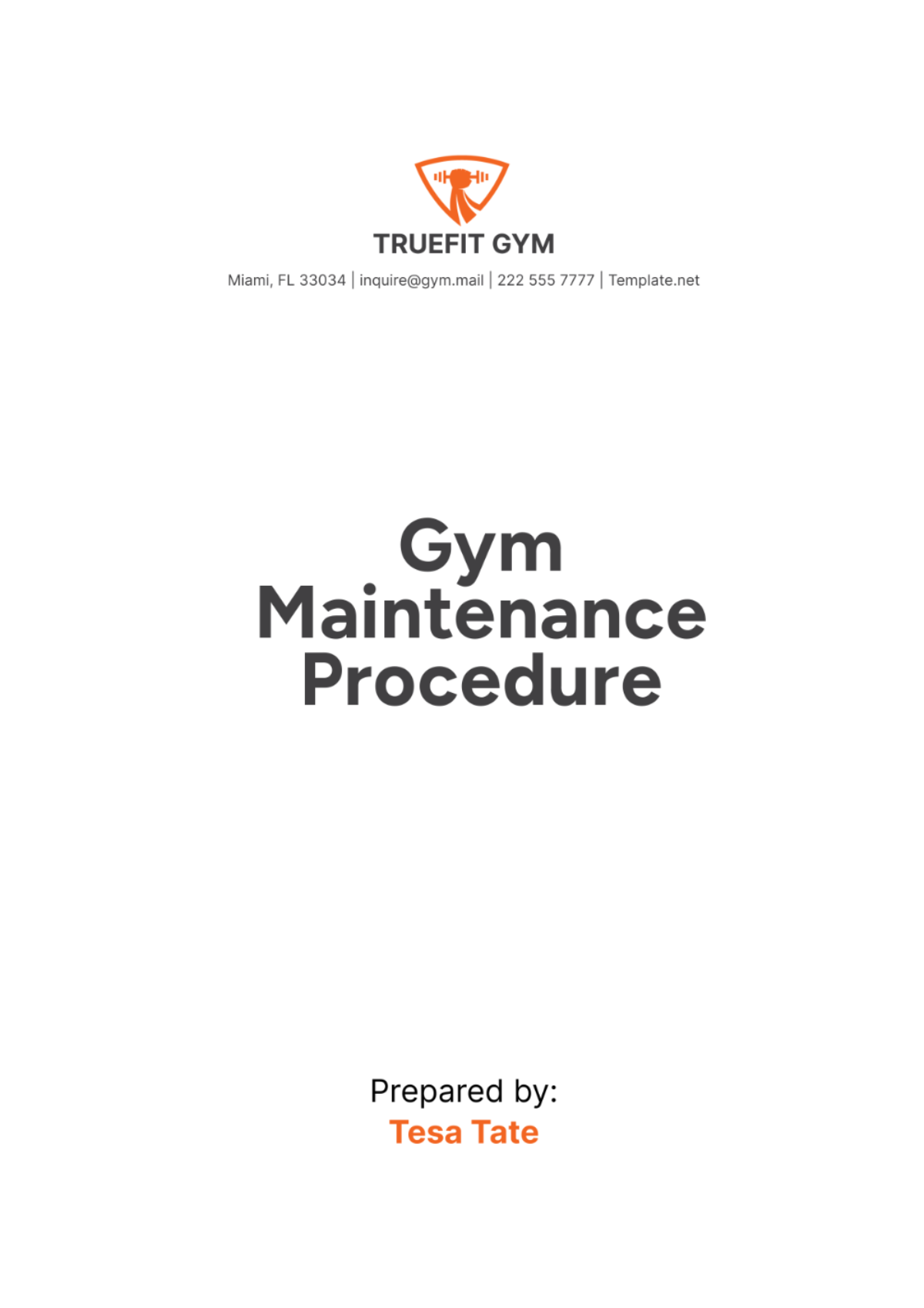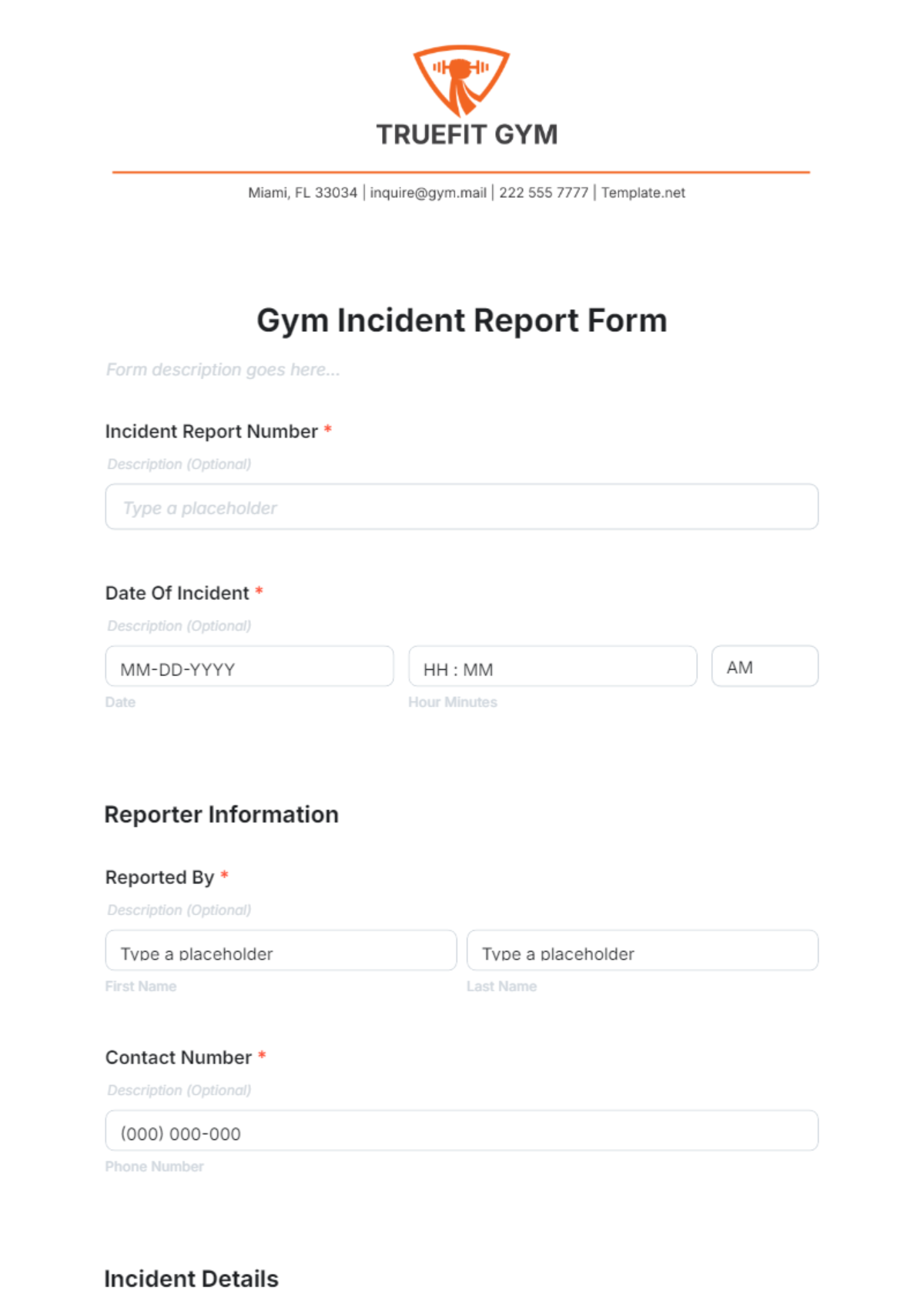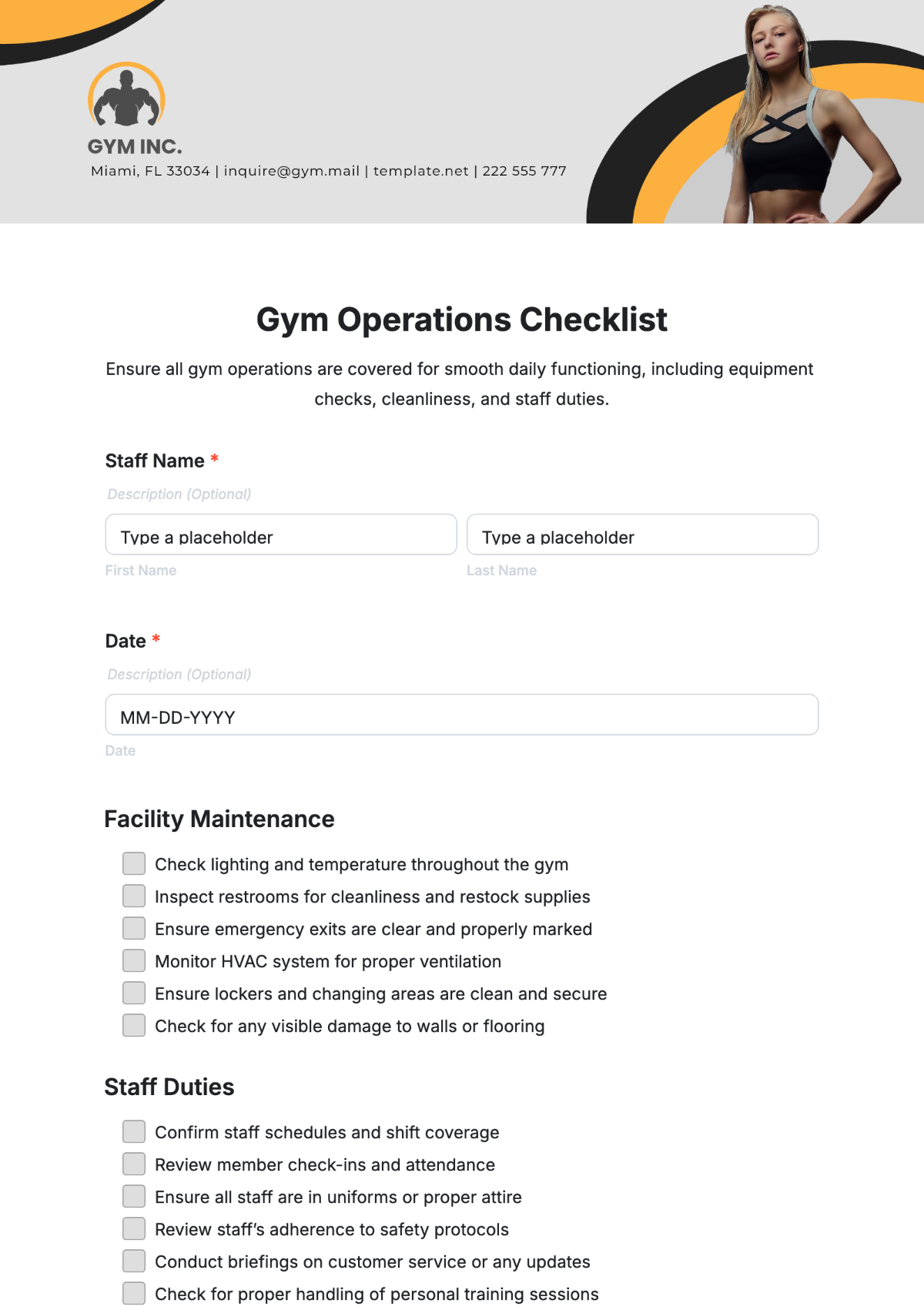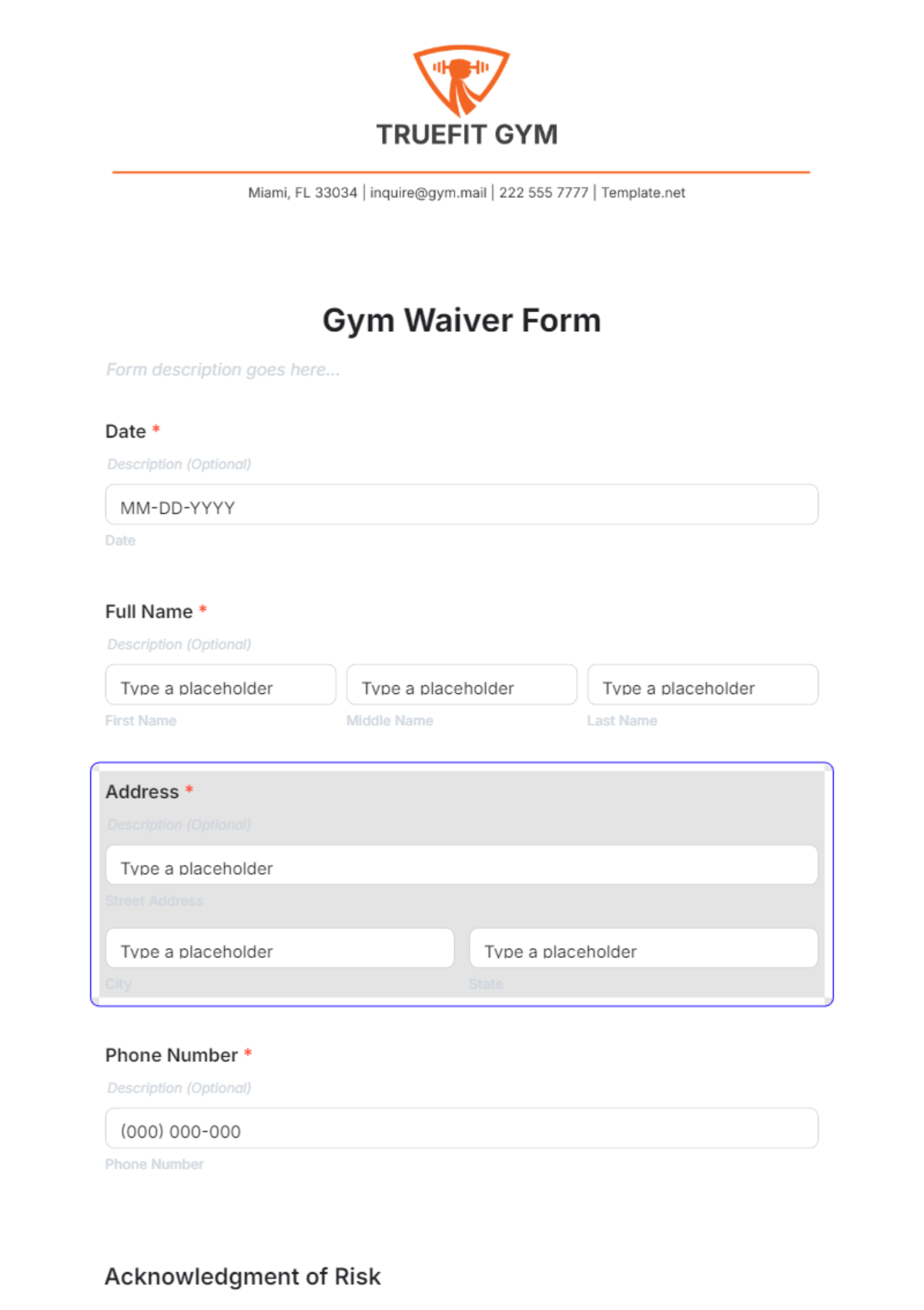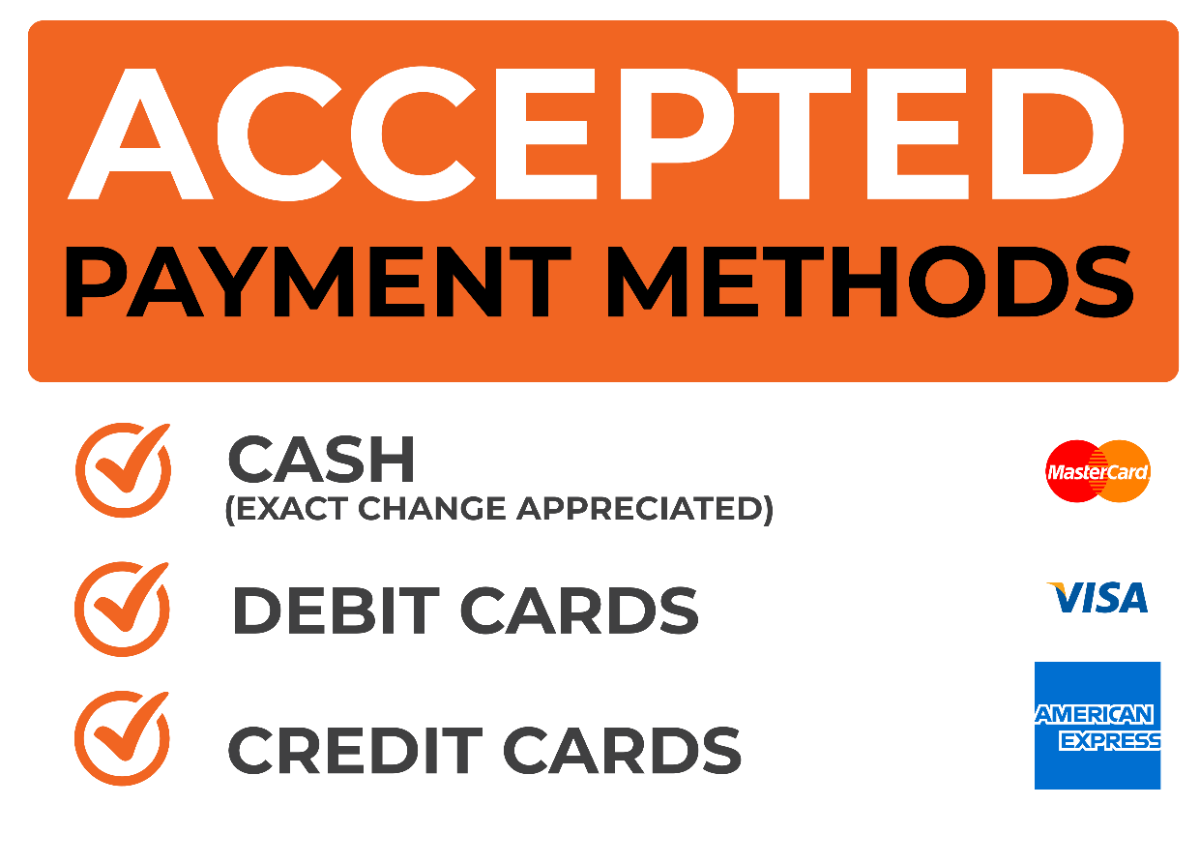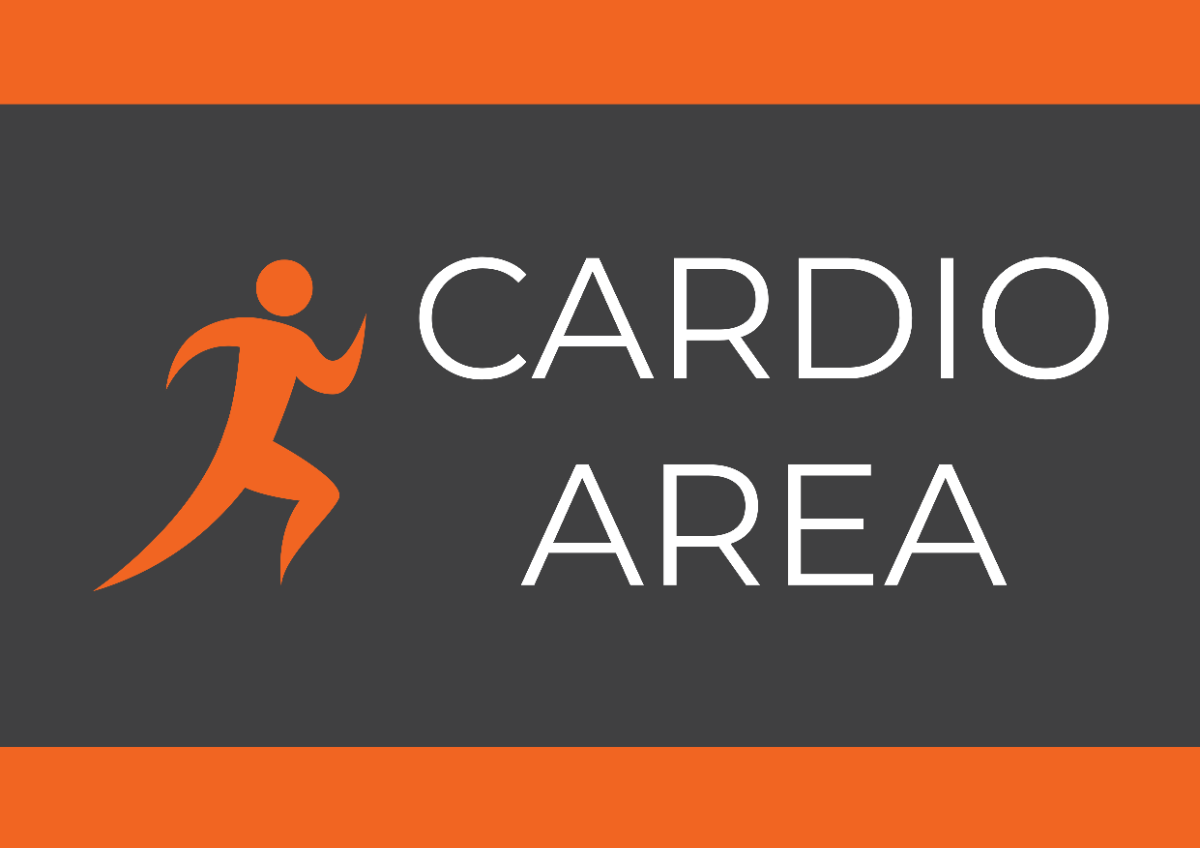Gym Marketing Guide
I. Introduction
Our Gym Marketing Guide aims to provide a comprehensive framework for developing and implementing effective marketing strategies tailored to our gym's unique offerings and target audience. This guide outlines key principles, strategies, and tactics to enhance our market presence, attract new members, and foster community engagement.
II. Understanding Your Market
A. Fitness Industry
The fitness industry continues to experience significant growth, driven by increasing health awareness and a growing emphasis on wellness lifestyles. As of [Year], the global fitness market is valued at approximately $87 billion, with projections indicating steady growth fueled by technological advancements and evolving consumer preferences.
B. Target Audience
Our target audience comprises individuals aged 25-45, predominantly professionals and young families residing in [city/region]. They prioritize fitness as part of their lifestyle, seeking convenience, quality facilities, and personalized fitness solutions. Characteristics of our ideal gym members include a commitment to health, willingness to invest in fitness, and a preference for a supportive and inclusive gym environment.
C. Competitive Analysis
Our gym operates in a competitive landscape alongside several key players. Here's an overview of our main competitors:
Competitor | Market Share | Strengths | Weaknesses |
|---|---|---|---|
30% | Established presence | Limited class offerings | |
25% | Extensive resources | Higher membership fees | |
15% | Specialized programs | Smaller facility footprint | |
20% | Competitive pricing | Older equipment | |
10% | Unique training | Weather dependency |
Our gym distinguishes itself through a comprehensive range of services tailored to diverse fitness needs, leveraging state-of-the-art facilities and a strong community focus to attract and retain members.
III. Developing Your Marketing Strategy
A. Setting Clear Objectives
To effectively guide our marketing efforts, it is essential to establish clear and measurable objectives that align with our overall business goals. Common objectives include:
Increase gym memberships by 20% within the next year.
Enhance member retention rates by implementing loyalty programs and personalized services.
Build brand awareness and community engagement through targeted marketing campaigns.
Expand market reach to new demographics or geographical areas.
B. Branding and Positioning
Our gym aims to establish a strong brand identity and strategic positioning in the market. Key guidelines for branding and positioning include:
Emphasize our commitment to fitness excellence and community support.
Highlight our state-of-the-art facilities and personalized fitness programs.
Differentiate our gym from competitors by focusing on quality, convenience, and member satisfaction.
Position ourselves as a hub for health and wellness, offering a holistic approach to fitness.
IV. Marketing Mix
A. Product Strategy
Our gym offers a comprehensive range of services designed to meet the diverse needs of our members:
Membership Options: Standard, premium, and family memberships.
Personal Training: Tailored one-on-one sessions and group training programs.
Group Classes: Varied schedule including yoga, spin, HIIT, and dance classes.
Specialized Programs: Nutrition counseling, wellness workshops, and fitness challenges.
Membership Type | Monthly Fee |
|---|---|
Standard | $50 |
Premium | $80 |
Family (up to 4) | $120 |
B. Promotion Strategy
Our promotion strategy focuses on maximizing visibility and engagement through:
Digital Marketing: Social media campaigns, targeted ads, and SEO optimization.
Referral Programs: Incentives for members who refer new sign-ups.
Community Events: Open houses, fitness challenges, and charity partnerships.
Discounts and Special Offers: Seasonal promotions and package deals.
C. Place Strategy
Our place strategy aims to optimize location and facility features:
Convenient Locations: Accessible locations in high-traffic areas.
Facility Design: Modern layout with state-of-the-art equipment and amenities.
Member Comfort: Cleanliness, locker room facilities, and comfortable environments.
Partnerships: Collaborations with local businesses and health professionals to enhance member benefits.
V. Implementing Your Marketing Plan
A. Campaign Planning and Execution
Effective campaign planning involves creating detailed calendars and budget allocations:
Campaign Calendars: Develop quarterly or monthly calendars outlining campaign themes, timelines, and key milestones.
Campaign Phase | Timeline | Key Activities |
|---|---|---|
Digital ads, outdoor events | ||
Referral incentives, goal-setting workshops | ||
Challenge events, community partnerships |
Budget Allocation: Ideally, allocate budget across various marketing channels and activities to maximize ROI:
Marketing Channel | Budget Allocation |
|---|---|
Digital Advertising | 40% |
Events and Promotions | 25% |
Print and Collateral | 15% |
Social Media | 20% |
B. Digital Marketing Tactics
Digital marketing plays a crucial role in reaching our target audience effectively:
SEO (Search Engine Optimization): Enhance website visibility and organic search rankings.
PPC (Pay-Per-Click) Advertising: Google Ads and social media ads to drive targeted traffic.
Content Marketing: Blog posts, articles, and videos to educate and engage potential members.
Email Marketing: Segmented campaigns for member retention and new member acquisition.
Social Media: Engage with followers through regular posts, stories, and interactive content.
C. Offline Marketing Strategies
Offline strategies complement digital efforts to enhance local visibility and community engagement:
Local Events and Sponsorships: Participate in community fairs, sports events, and sponsor local teams.
Direct Mail Campaigns: Targeted mailers offering exclusive promotions or trial memberships.
Print Advertising: Flyers, posters, and newspaper ads in local publications.
Referral Programs: Encourage word-of-mouth marketing through member referral incentives.
VI. Legal and Ethical Considerations
It's crucial to adhere to legal and ethical standards in all marketing activities. Relevant US laws include:
FTC Guidelines: Ensuring transparency in advertising, including disclosures for endorsements and testimonials.
GDPR Compliance: Protection of personal data for EU residents if applicable.
ADA Compliance: Ensuring accessibility of digital content and facilities for individuals with disabilities.
VII. Resources
Our gym provides various resources to support effective marketing efforts:
Marketing Templates: Campaign planning templates, content calendars, and budget trackers.
Training and Support: Workshops on digital marketing tools and strategies.
Partnerships: Collaborations with marketing agencies or consultants for specialized campaigns.
Online Analytics Tools: Access to analytics platforms for tracking campaign performance and member engagement.


